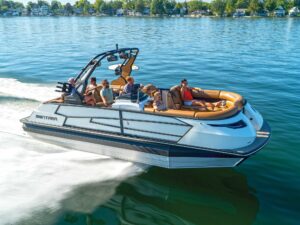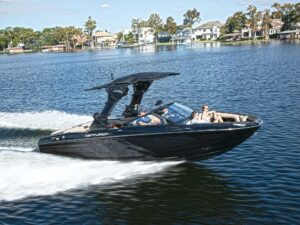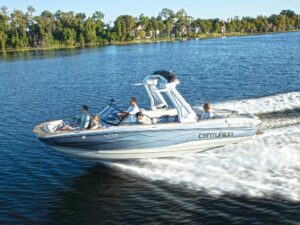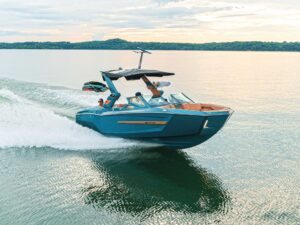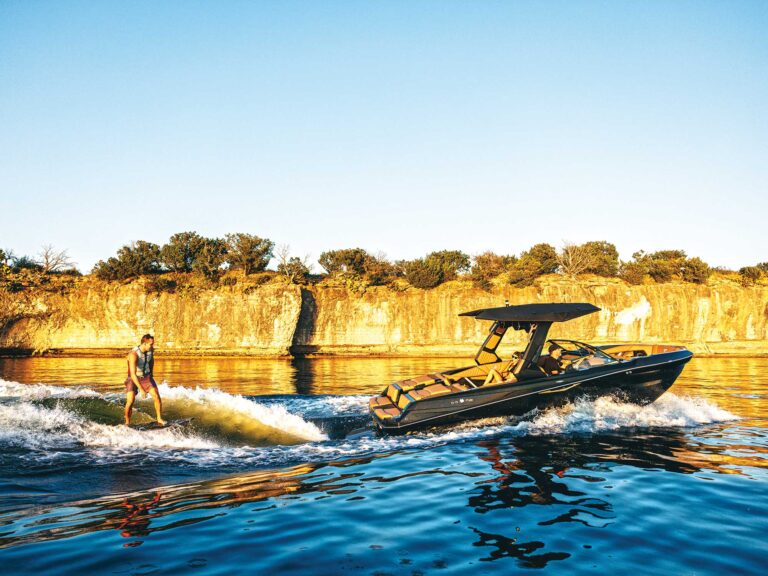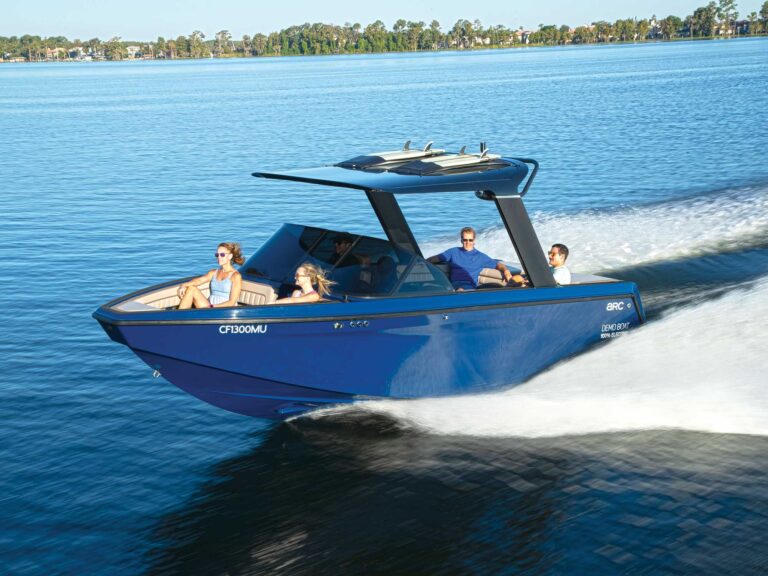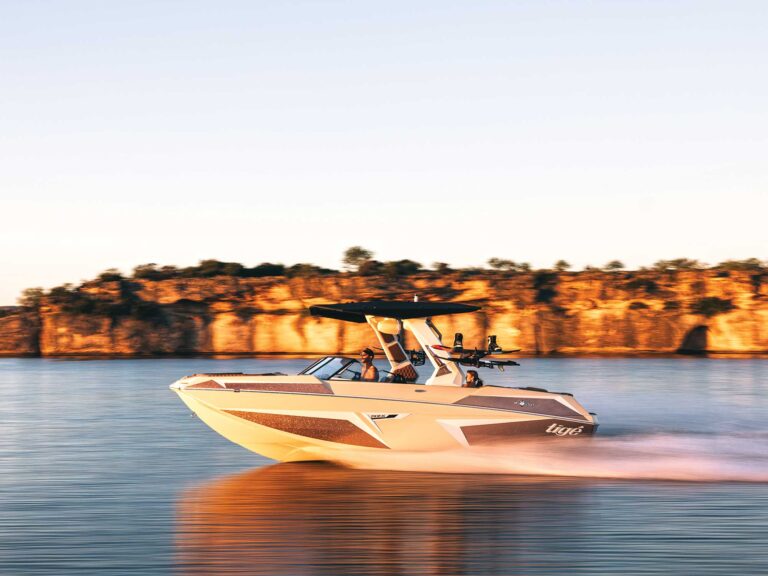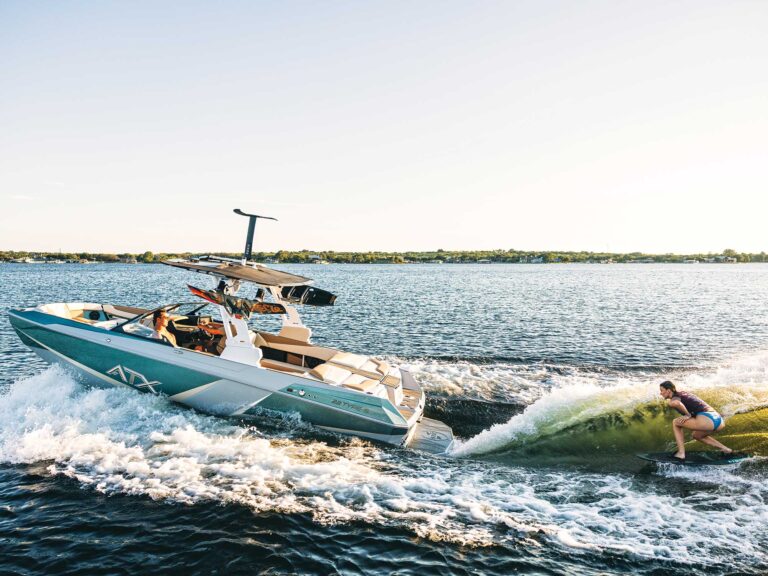Bilge water is a common problem on nearly every boat in use. In most cases it’s little more than a minor nuisance, seeping in via a variety of sources from rain and washdown water to melting cooler ice or an ill-fitting drain plug. Left to collect, however, it can impair your craft’s performance, potentially cause electrical damage or metal corrosion, or worse case scenario, even sink your boat. That’s why it’s essential to have a bilge pump (or several) in place to rid your hull of that water and stop a minor problem from becoming a major one. Here are three things to look for.
Adequate Capacity
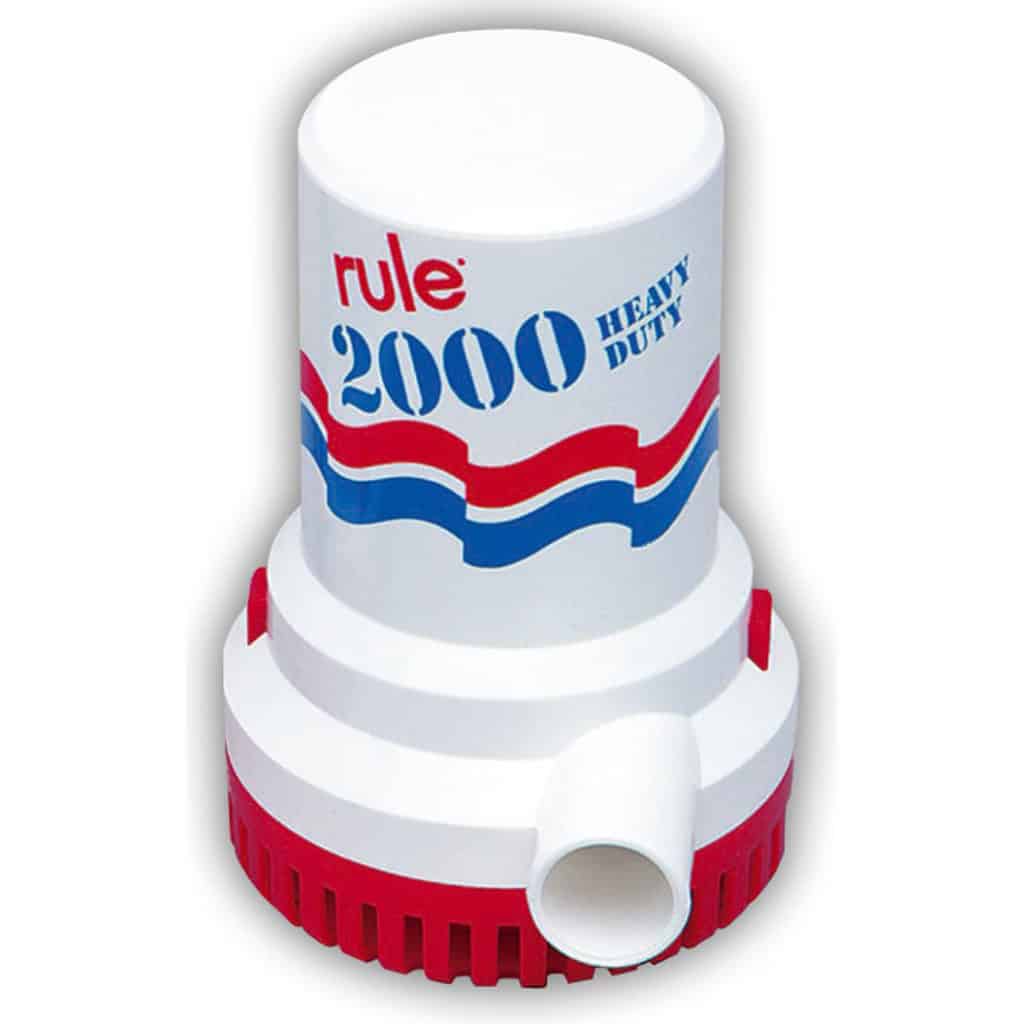
Bilge pumps are rated by their pumping capacity, in gallons per hour, but don’t expect the pump to achieve that theoretical flow rate. Other factors, like hose diameter and height to the bilge outlet, significantly reduce a pump’s capacity. Count on getting about 60% of any pump’s rated capacity.
Avoid inexpensive, corrugated bilge hose. That corrugated surface decreases pumping capacity by as much as 20-percent. Smooth, reinforced vinyl or sanitation hose is a better alternative.
Automatic Operation
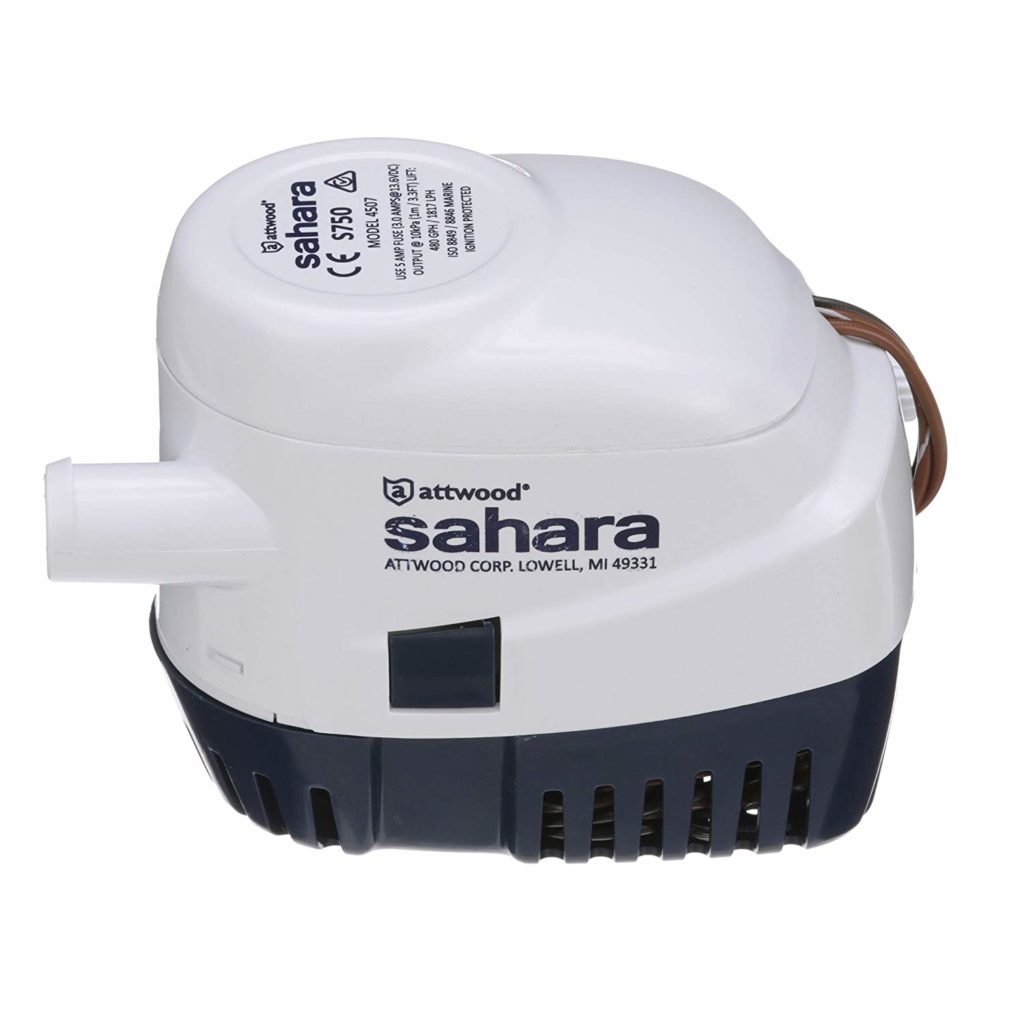
Most boaters won’t be aware the minute a leak starts to happen, or worse, may not even be aboard. Look for bilge pumps with a pre-wired float switch or those that detect the presence of water by briefly spinning the impeller every few minutes to detect water via the draw in electrical current. Another option is to add an external float switch or electronic water-sensing switch to turn the pump on when water is present.
Redundancy
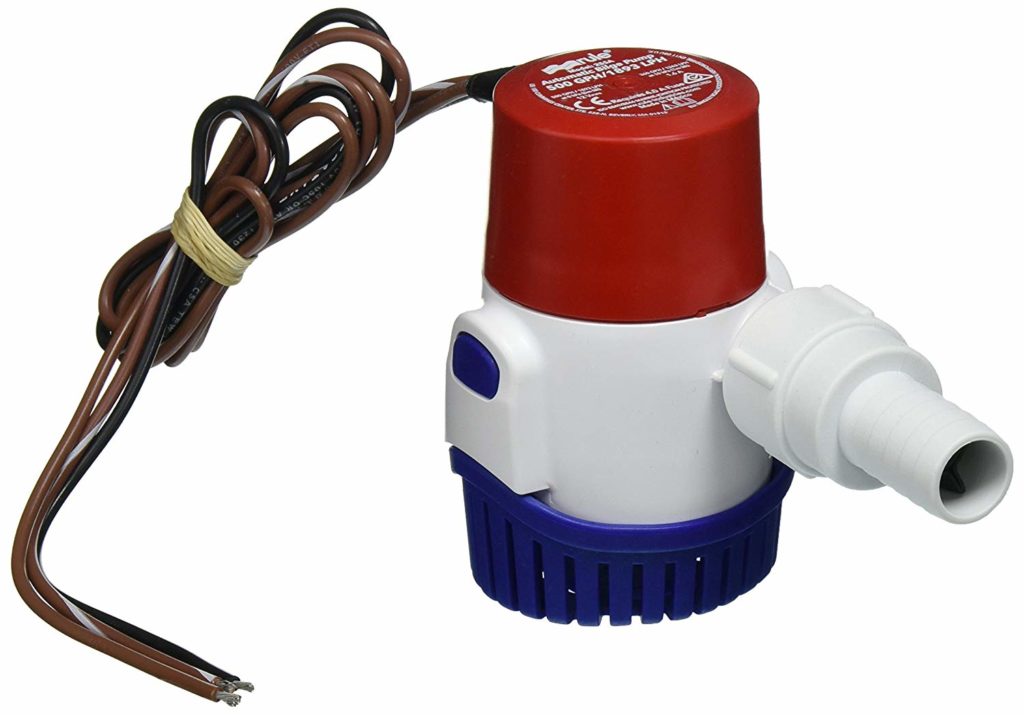
Though most smaller boats come from the factory with just a single bilge pump, most boating experts recommend at least two so you have a backup just in case the primary pump fails. Install the primary pump at the lowest point of the bilge; the secondary “backup” pump can be located slightly higher where it will not be used (and thus not wear out) unless the boat takes on significant water.

